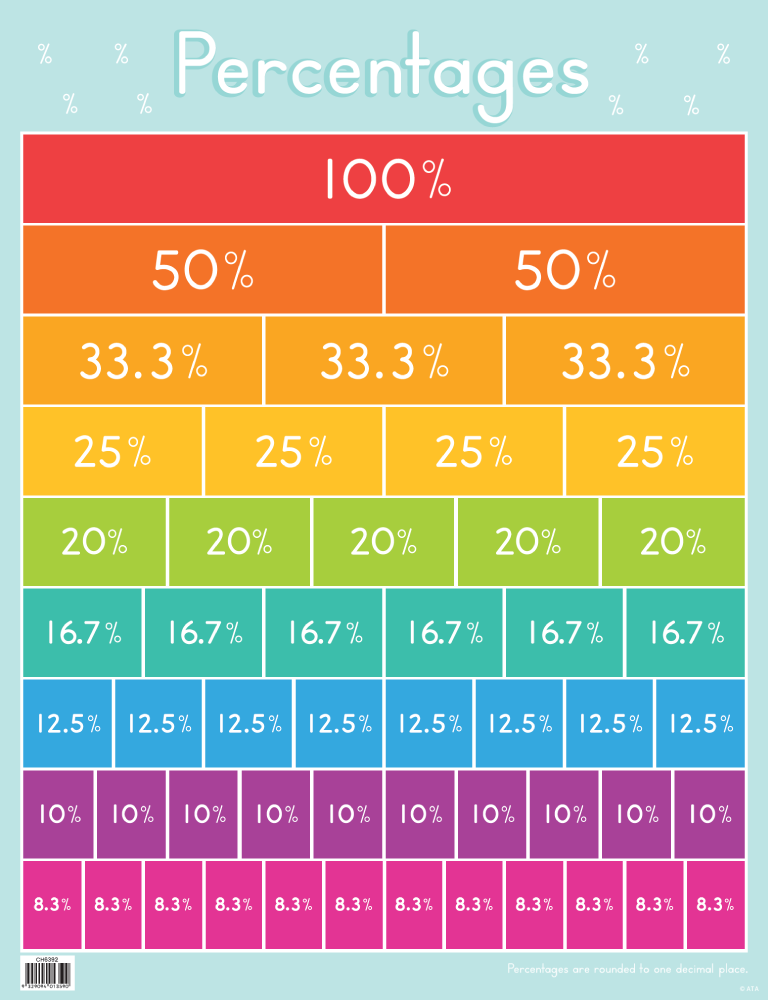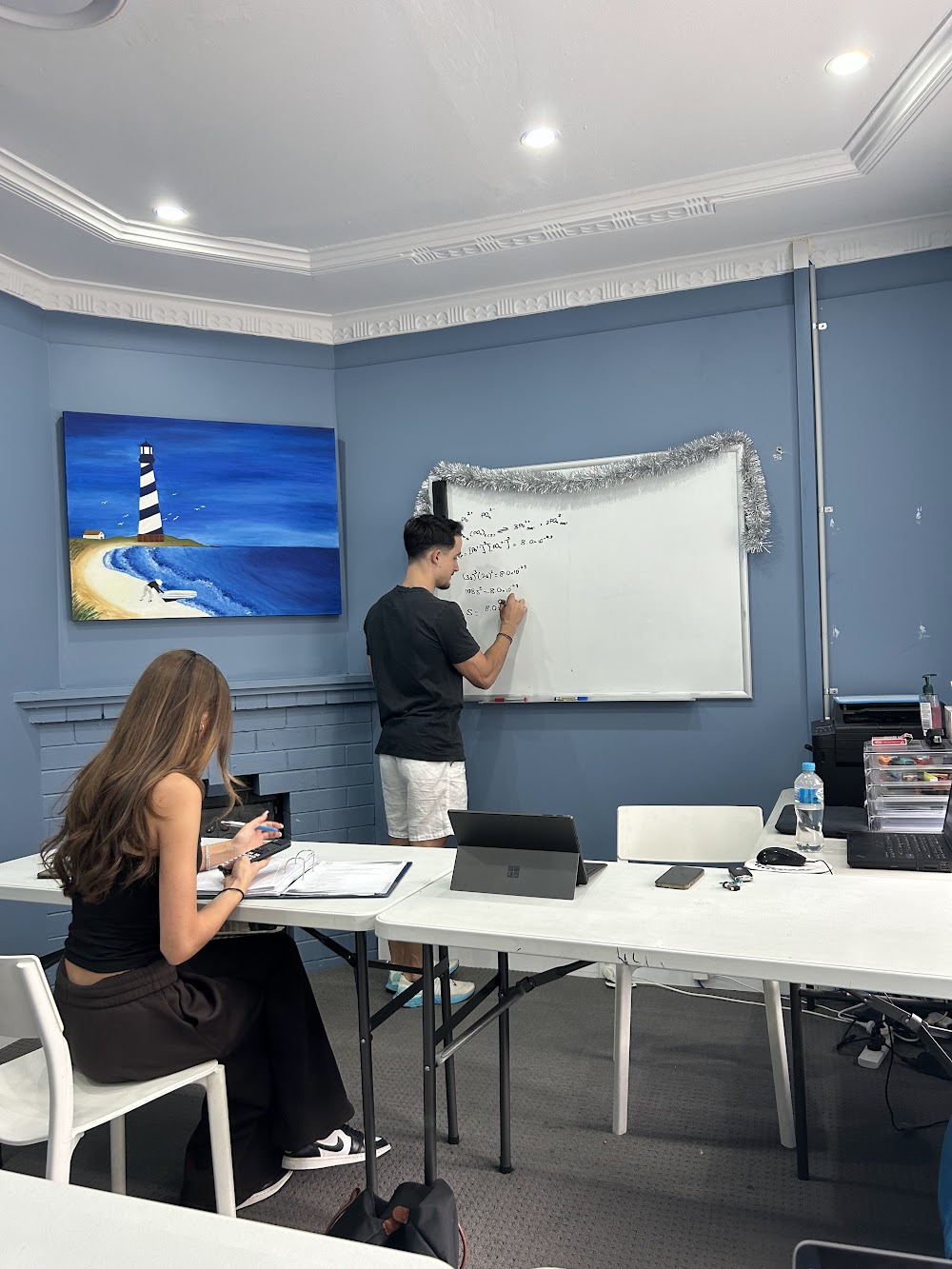
I have always felt that asking questions is one of the most valuable parts of tutoring. When I ask a student a question, it places them in a moment where they have to stop, think, and engage with the material in a real way. It puts them on the spot, but in a positive and productive sense. I never want a session to feel passive or like the student is simply being spoken at and in my opinion questions help prevent that. They make sure the student is mentally involved and that the time we spend together is genuinely useful.
When I ask questions such as “How did you get that answer?” or “Can you explain that step to me?”, I can quickly see how well the student understands what we are working on or why and where in their thinking they were wrong. Sometimes a student might nod along because they do not want to admit they are confused, however direct questions can reveal those moments. They show me where to slow down, where to repeat something, or where to build on what the student already knows.
I also encourage my students to ask me questions of their own. I believe strongly that a student who asks questions is a student who is thinking. When they ask for clarification or want to check whether they are on the right track, it shows they are trying to piece the topic together for themselves. That type of curiosity tells me they are not just memorizing information but actually trying to understand it.
If no one in the session is asking questions, the learning becomes flat and one sided. It might as well be a recording of someone reading through the content with no interaction at all. Real learning needs dialogue and I think that questions create that dialogue. They facilitate proper understanding of a topic, confidence, and ensure the student and tutor are on the same page.
Alexis Papas










